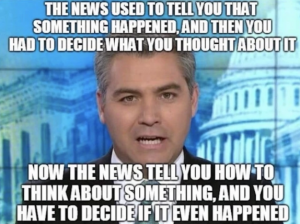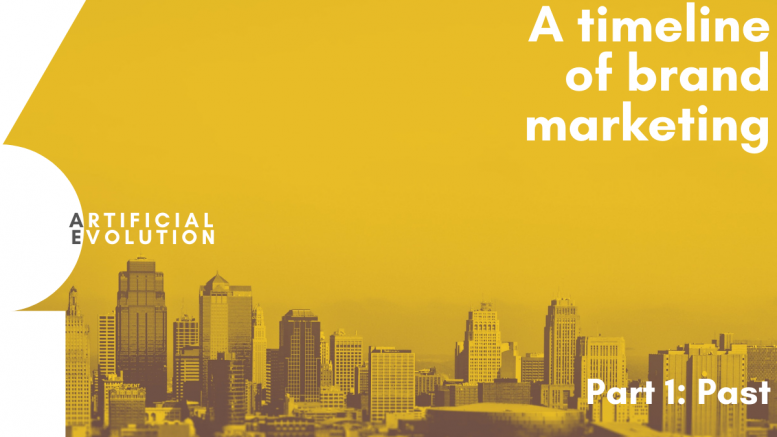Author’s note: Peeking into the past is a great way to pass some dull hours of the day. The best antidote to the fear of the venomous future that strikes when you least expect it (That escalated quickly…)
Just to make it clear, by “peeking into the past” its not about encouraging you to dig dirt on your ex – those shadier pursuits are best left to the discretion of the “well-meaning best friend.” This time, the intention is to explore brand communications through a three-part series: how brand communications was before the digital revolution, where it stands currently, and finally, to where is it headed.
Defining Brand Communication
Brand communication is a business’s way of connecting to its stakeholders using a combination of tools such as advertising, content marketing, public relations, etc. Stakeholders are not just clients or customers, but also the employees, investors, and sponsors – in short, everyone who would affect your business. As brand communication influences the reputation of a brand, it is an important aspect of branding.
The Evolution of the Branding Approach
While it is a fact well known that technology has revolutionised communications in general and so in effect has also transformed brand communications, there is little acknowledgement of how far we have come. To illustrate with an example, when William Henry Harrison – the ninth President of the United States died of pneumonia just a month after his inauguration in 1841, his death was not known in Los Angeles until 110 days after it had occurred.


It is fascinating to observe in a then vs now comparison how digital communication evolved and the hurdles it overcame before the internet. You can read more about the evolution of digital communication here. In essence, brand communications are a blend of two ingredients: the development of technology and the social setting of the time.
The journey of brand communication can be merged with that of marketing. The latter began in 1948 when James Culliton defined the role of a marketing manager as a “mixer of ingredients” and in the 1960s McCarthy condensed Borden’s 12 elements of the marketing mix into the famous ‘4Ps’ – product, price, place, and promotion. Ever since, the elements of the marketing mix have been modernised to keep the term updated which led to the concept of integrated marketing communications
Theory aside, here is how the evolution panned out on-ground: the first newspaper advertisement came into existence in 1704 and the journey that started with purely written advertisements transitioned to the image-led ones that we see in the present day. As technology advanced, television was used as a medium for advertising. However, unlike today, the sole purpose of the adverts then was the product. The only objective of the brands was simply to sell (to be fair, that still is the only objective all things considered) which essentially stemmed from the aim to make the product known. The need for having to build “customer relationships” was not acknowledged and so the brands were significantly more detached from their customers than how they are currently. Bearing this in mind, the ads were characterised by being descriptive and slow-paced. This Rolls Royce ad by Ogilvy is a masterclass in using simple imagery and long form text.
The sinuous trail of brand communication has been nothing short of exciting and while we continue to believe that the current approach is more “civilised” there are one too many things that we have borrowed.
Heirlooms from the Past: Traditional Marketing Tools
You will fondly recall the “washing powder Nirma” ad that plays on repeat in your head even if someone merely mentions it or the Amul girl that is relevant and embedded in our heads to this day. But aside from these iconic campaigns, there are a few additional marketing tools that we have picked from the past and which continue to thrive in the digital age: –
- Billboards, print ads, flyers, and brochures that still manage to creatively thrill us. Take for instance Orphea that created a giant insect trap on a billboard in Italy. Rocketman Musk is even set to take billboards to space.
- Direct mail over email because of the former’s ability to influence readers better.
- In-person interactions through networking events, call calling, and referrals still play a crucial role in closing a sale.
As difficult it is to summarise the history of brand marketing, its fundamental nature continues to evolve as technology and the social setting continue to change. The next phase to witness is where we stand in the journey of evolution which leads us to the upcoming section: Brand communication: Today.
Stay safe. Stay secure.
See you next week.
The views and opinions published here belong to the author and do not necessarily reflect the views and opinions of the publisher.



Leave a comment